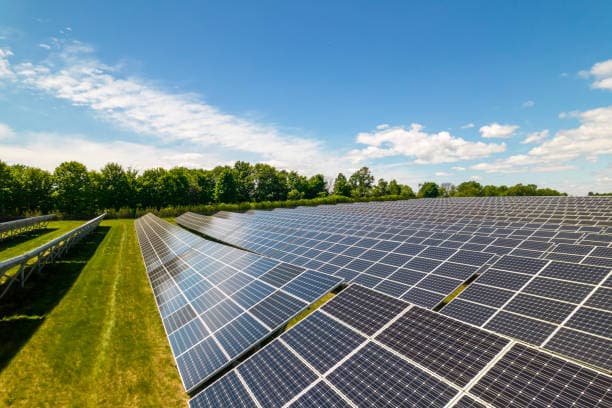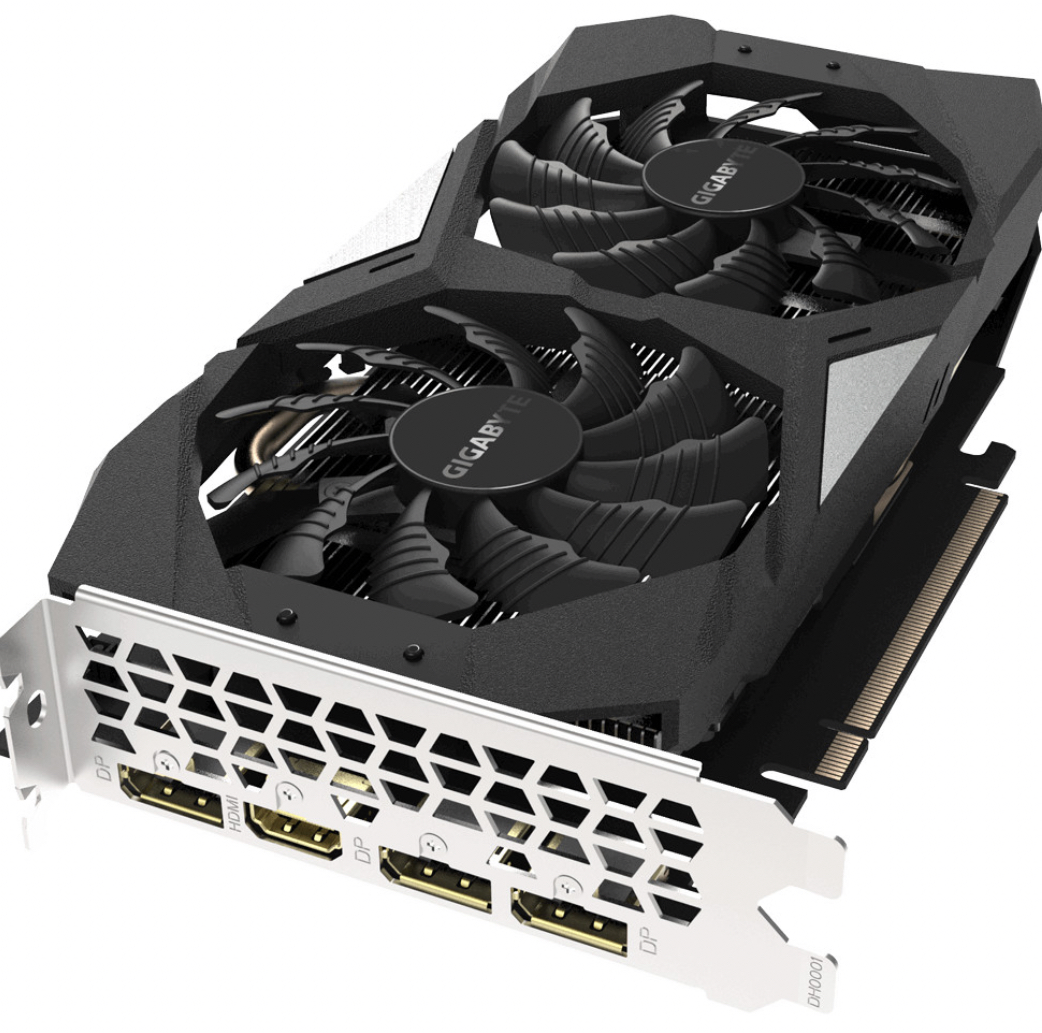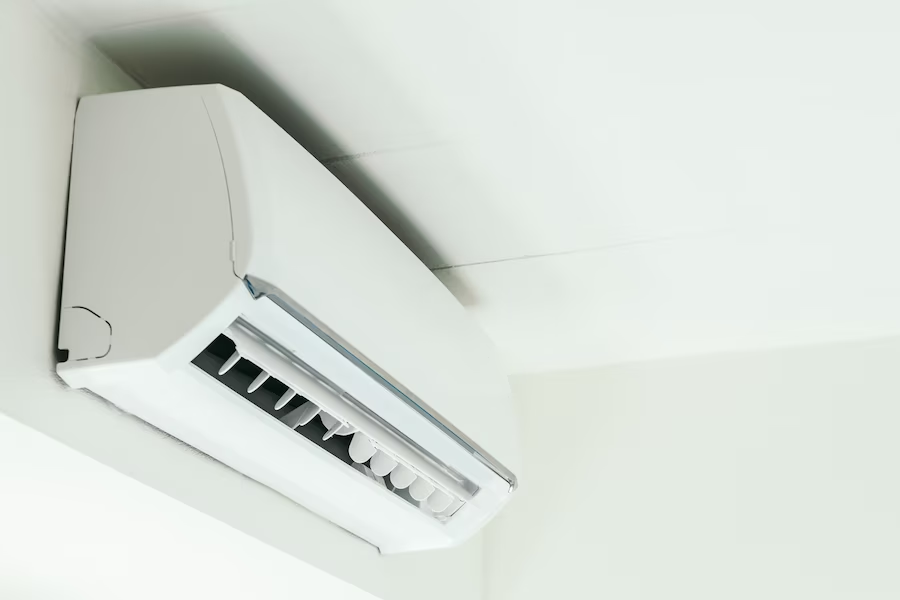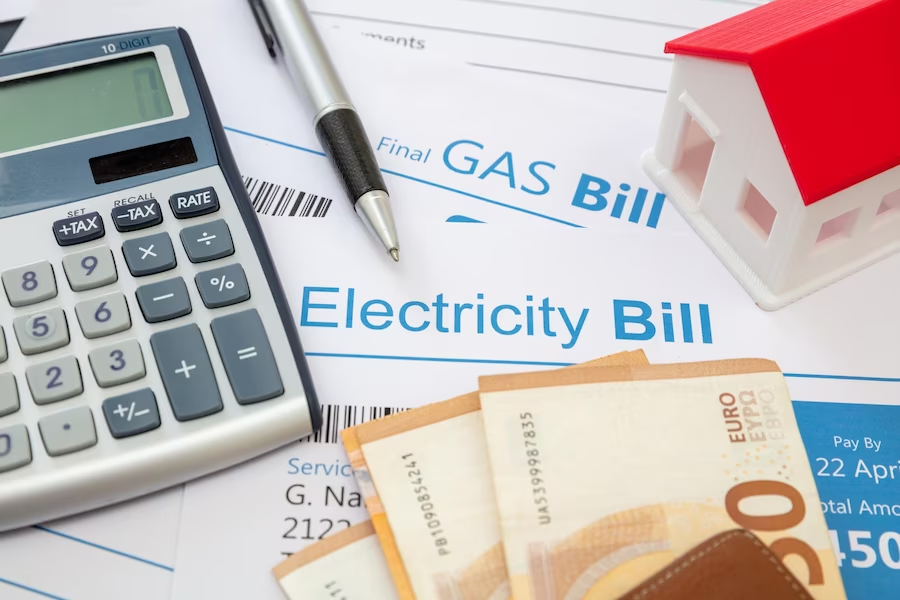In today’s era, as the emphasis on ecological preservation and the efficient use of energy grows increasingly vital, solar panels emerge as a distinguished option within the realm of renewable energy sources. They not only pave the way for substantial savings on electricity bills but also contribute to a notable decrease in carbon emissions. This piece delves into the key factors influencing the performance of solar panels and provides insights on choosing the most suitable option for your home, blending environmental benefit with economic advantage.
What does solar panel efficiency mean?
Solar panel efficiency encapsulates a panel’s proficiency in transforming the sunlight that hits its surface into usable electrical power, quantified usually as a percentage. This measure not only highlights the panel’s technological sophistication and build quality but also underscores the influence of various external and internal elements on its performance. Factors such as the kind of photovoltaic cells it incorporates—be it monocrystalline, polycrystalline, or thin-film—alongside design attributes that enhance light absorption and operational conditions like orientation, ambient temperature, and shading, play critical roles. Therefore, the efficiency metric of solar panels weaves a detailed narrative about its capability, influenced by a tapestry of variables. Through strategic optimization of these elements, one can significantly elevate the energy output of the panels.
Important elements influencing effectiveness
The efficacy with which solar energy is transformed into electrical power is significantly influenced by the choice of solar panels. Monocrystalline, polycrystalline, and thin-film panels each have distinct characteristics and are differently suited to specific settings, making the panel type a crucial determinant in the conversion process’s success.
- Boasting efficiencies as high as 22%, monocrystalline solar panels stand out for their exceptional efficiency, a trait attributed to their construction from a single silicon crystal. This structural advantage facilitates a smoother flow of electrons, enhancing energy generation due to the orderly arrangement of the crystal lattice. However, the complexity and costliness of their manufacturing process render these panels more expensive. They are perfectly suited for limited spaces, maximizing energy production from every available square meter.
- On the other hand, polycrystalline panels, which are made from multiple small silicon crystals, exhibit a slightly reduced efficiency range of 15–17% compared to their monocrystalline counterparts. The more economical production process of these panels results in a lower price point. Consequently, they represent an attractive option for those working with tighter budget constraints or where the maximization of panel space is not of paramount concern.
- Among thin-film solar panels, the leading types include CIGS (copper-indium-gallium-selenide), amorphous silicon carbide, and cadmium-telluride. These variants stand out for their lighter weight and enhanced flexibility compared to traditional panel types, broadening their application possibilities. While they excel in conditions of low light and higher temperatures, their efficiency typically falls within the 10–13% range. Although their production costs are lower, they necessitate significantly more area to achieve energy output comparable to that of monocrystalline or polycrystalline options.
Direction and angle of tilt
Orientation and inclination are critical for solar panel efficiency, dictating their capacity to absorb sunlight throughout the year. For installations in the northern hemisphere, positioning panels to face south ensures optimal exposure to direct sunlight. The tilt angle, ideally mirroring the location’s latitude, enhances sunlight absorption for the majority of the year. Adjusting the tilt slightly can further optimize performance seasonally—increasing the angle during the lower sun positions of winter and decreasing it for summer’s higher sun. Such adjustments accommodate seasonal solar intensity and sun path variations, thereby boosting energy generation in all seasons and elevating the overall productivity of the solar panel system.
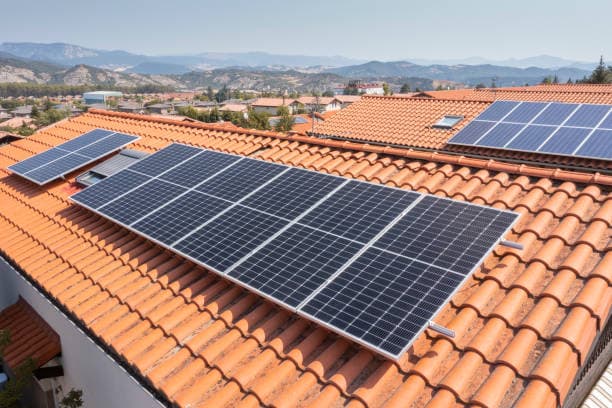
Temperature
Higher ambient temperatures can significantly impair solar panel performance by reducing their ability to convert sunlight into electricity efficiently. This reduction in performance stems from the inherent properties of photovoltaic materials constituting the panels, where rising temperatures escalate internal resistance, thereby diminishing efficiency. Implementing robust cooling strategies is crucial, including ensuring ample ventilation behind the panels to allow for unobstructed air flow and heat dissipation. Strategies might involve positioning panels away from direct contact with roofs or the ground, employing specialized cooling mechanisms, or incorporating ventilation channels. These approaches aim to maintain panel temperatures within a desirable spectrum, preventing efficiency losses from overheating and prolonging their operational lifespan by sustaining consistent and elevated energy output, even under conditions of high thermal stress.
Shadow
Given that present photovoltaic (PV) systems within a panel or array are often wired in series, even minimal shading can significantly undermine the overall performance of a solar panel system. This is because even slight shadowing on part of a panel can drastically diminish the energy production of the whole setup, due to the reduced capability of shaded cells to conduct electrical current. Therefore, selecting an installation location for solar panels demands careful consideration to avoid areas susceptible to shading from buildings, trees, or other obstructions over the course of the day. Optimal placement might necessitate preliminary analysis of the sun’s path across different seasons and times of day. In some cases, mitigating shading effects could involve pruning trees or relocating panels to enhance their efficiency and thereby increase the entire system’s energy yield.
Choosing the best option
When you choose what to do, you should consider the solar panels’ estimated lifespan, assurance, and potential energy bill savings in addition to the original cost. Here are some guidelines to abide by:
- Analyse your electricity consumption to ascertain the kind and number of solar panels you want.
- Analyse products from various manufacturers, considering reviews, certifications, guarantees, and costs among other things.
- Consider adding additional technologies to your system, such as solar inverters & batteries, in order to boost performance.
Conclusion
Opting for solar panels marks a pivotal move towards responsible and green energy usage, offering not just a reduction in energy costs but also a positive contribution towards global ecological balance and environmental preservation. By meticulously assessing your energy needs, financial scope, the caliber of equipment, and its fit with your specific environmental conditions, you can identify a solar energy setup that optimizes long-term sustainable energy benefits and enhances the value of your upfront investment. Thus, the decision to invest in solar technology transcends mere economic wisdom, embodying a significant pledge towards a future powered by accessible and clean energy.


